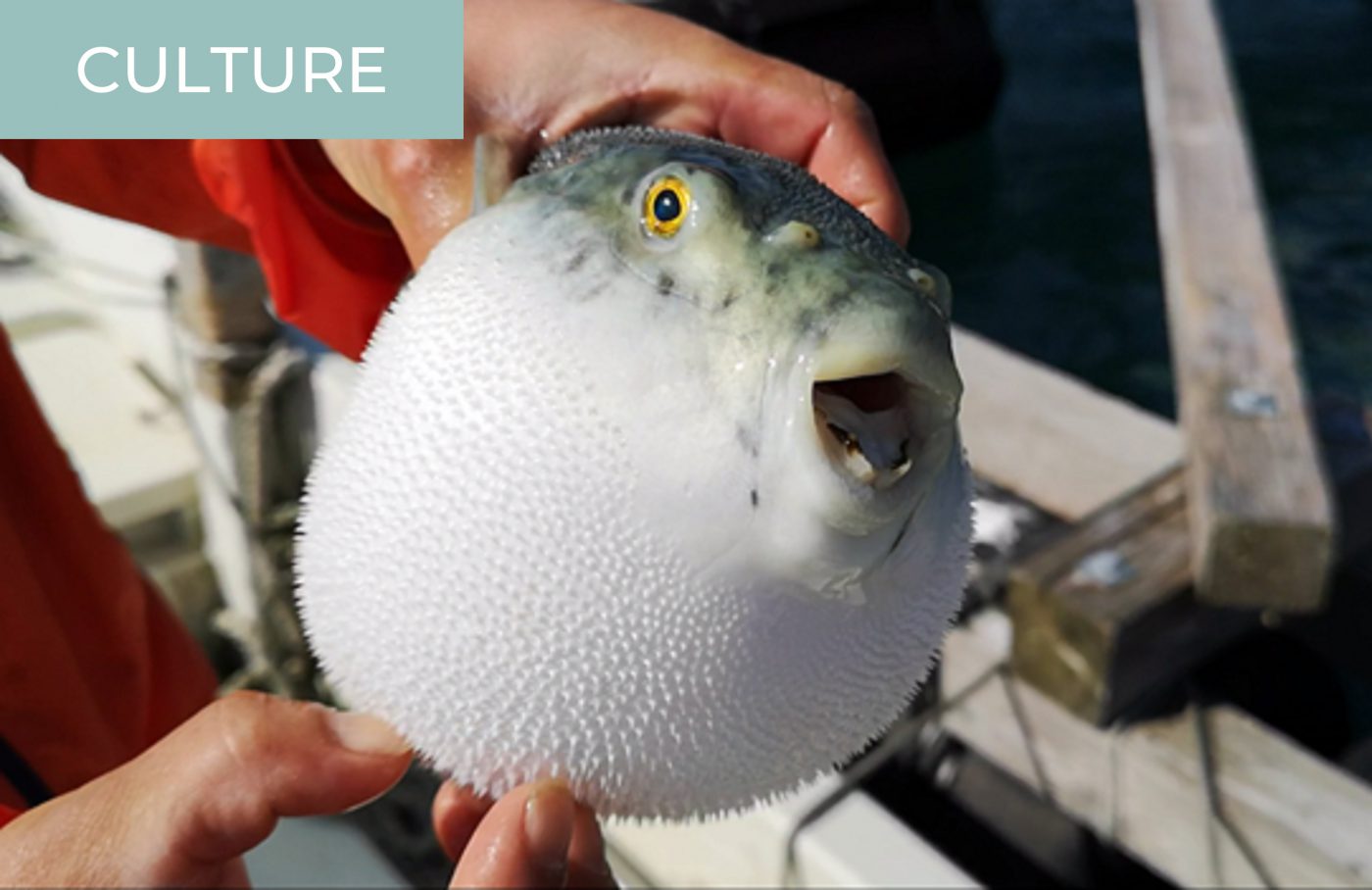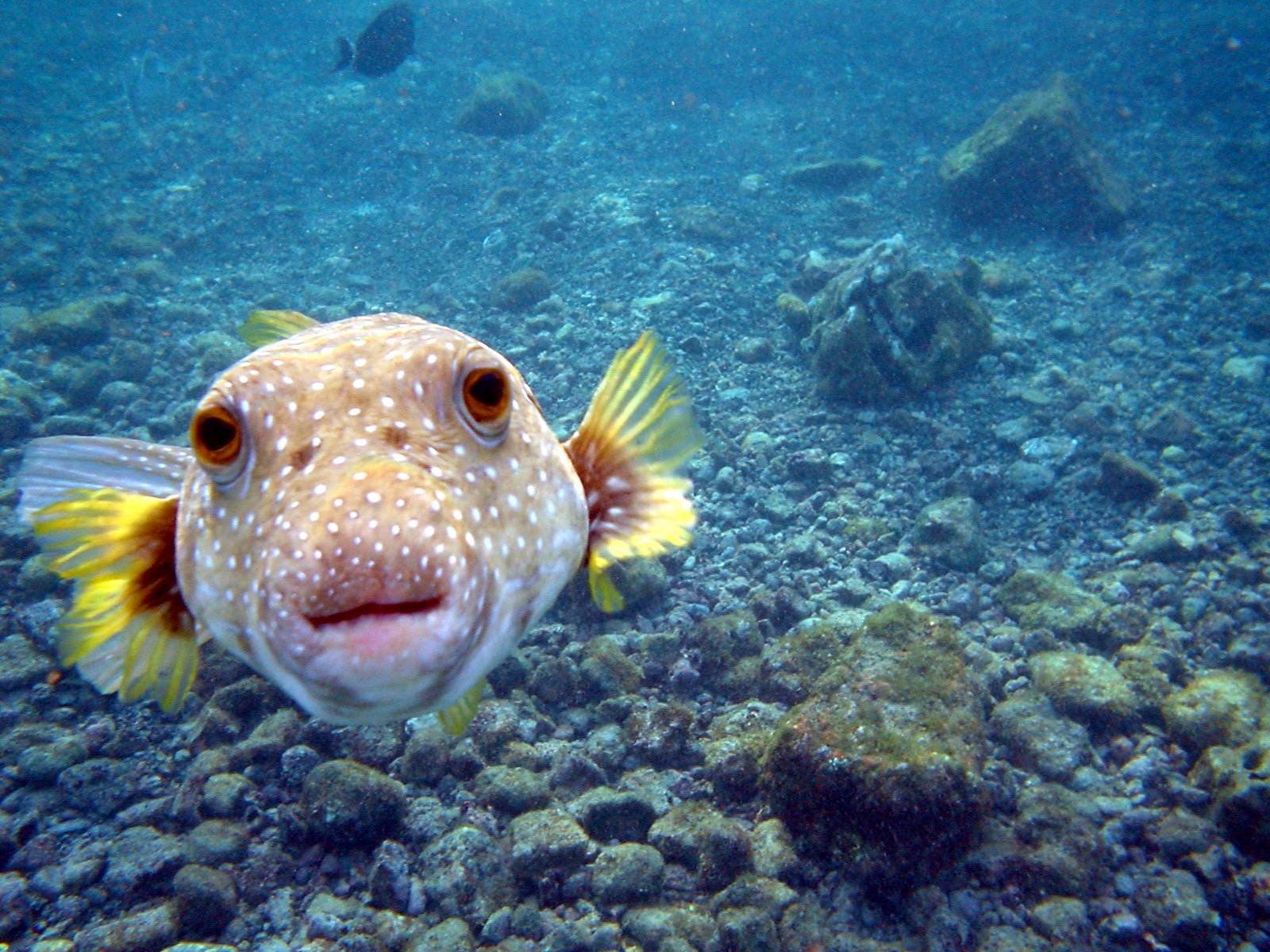


A few die-hards even like to put a tiny bit of the poison on their fugu, for that numbing/tingling sensation on the lips. Non-lethal fugu may be on its way to our tables, but fugu fans often cite the thrill of possible poisoning/death as part of the appeal of fugu. ( Link to news story in Japanese - this hasn't made the news in any English online media outlets as far as I can find out.) Recently there was a case in Toyama prefecture, where nine people who partook of fugu at a sushi restaurant were taken ill of the 2 people who lost consciousness, one is still in a coma. Despite all regulatory precautions, every year there are reports of people getting sick or even dying from fugu poisoning. If an unskilled or careless person accidentally pierces the organs or otherwise contaminates the edible flesh of the fish, then the diner may find that meal to be his last. In order to serve fugu, a chef has to go through a strict certification process. It's now fugu season in fact, so many people are tucking in to fugu sashi (fugu sashimi), fugu nabe (fugu hotpot), and so on. Nevertheless, it's considered to be a great delicacy in Japan.
PUFFER FISH FUGU SKIN
Fugu's main claim to fame, besides its extraordinary appearance (it puffs itself up to make itself look a lot bigger to predators), is that its skin and organs are highly poisonous. One of them is the infamous fugu, or puffer fish. (Note: Your responses to the question posed below may be translated for a Japanese blog! Read on.)Įven though I'm Japanese, I do think that we eat an awful lot of food that could be considered to be odd.


 0 kommentar(er)
0 kommentar(er)
